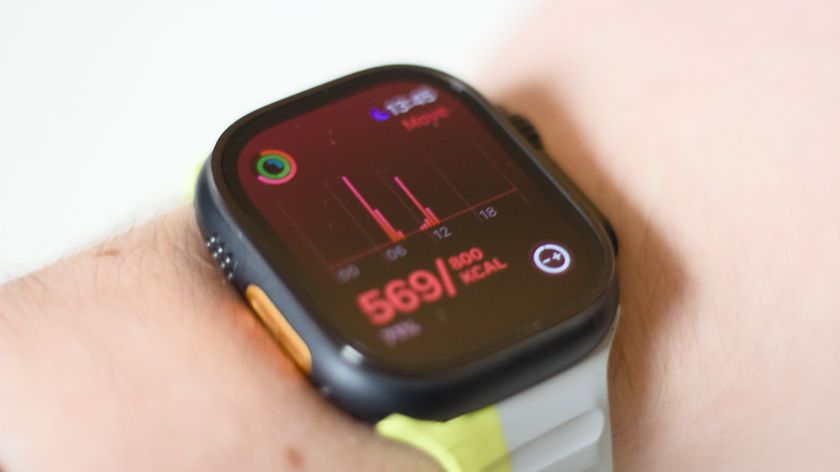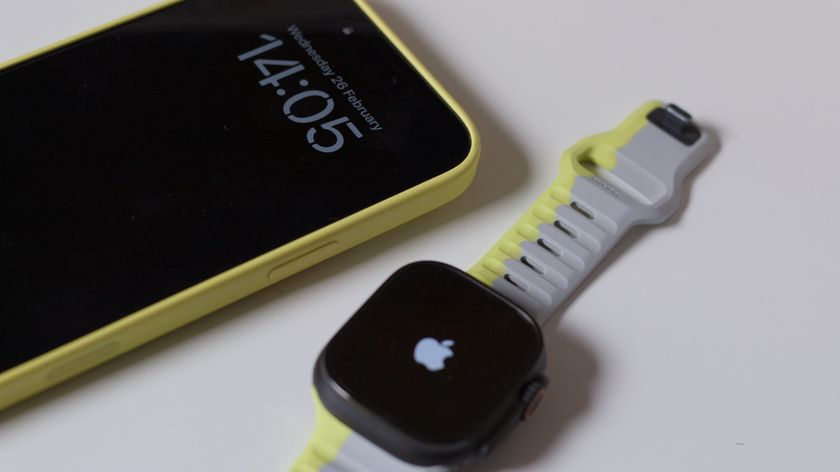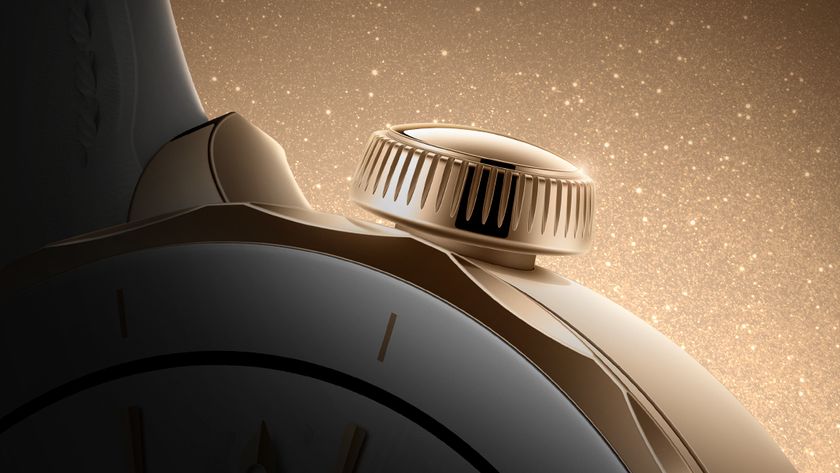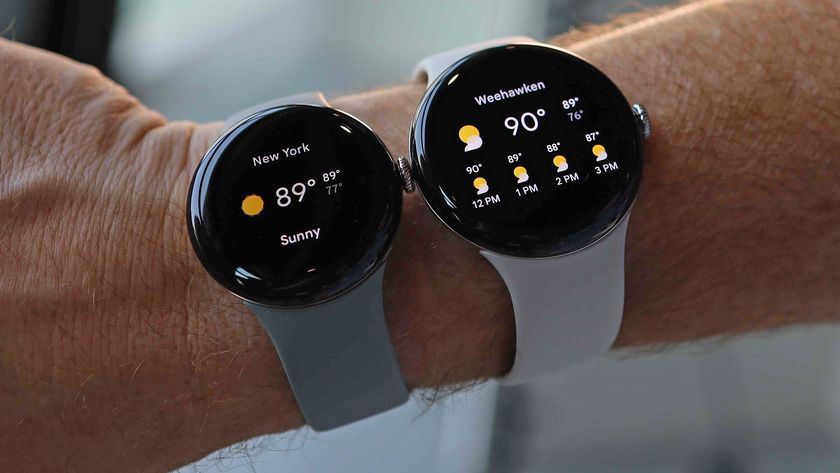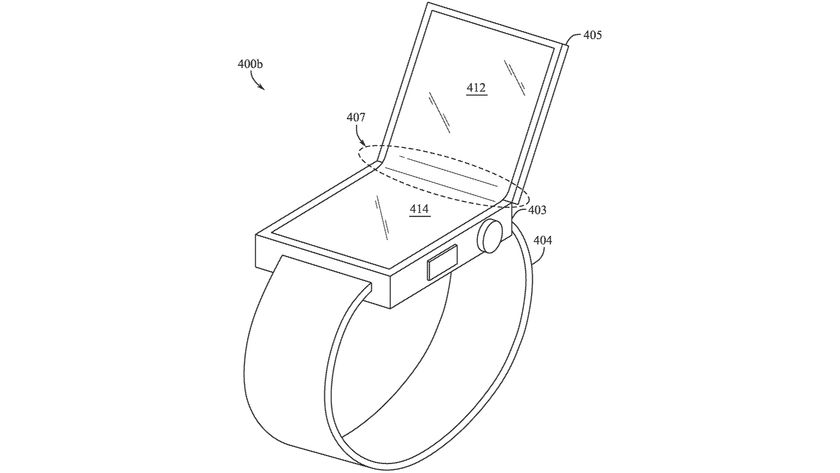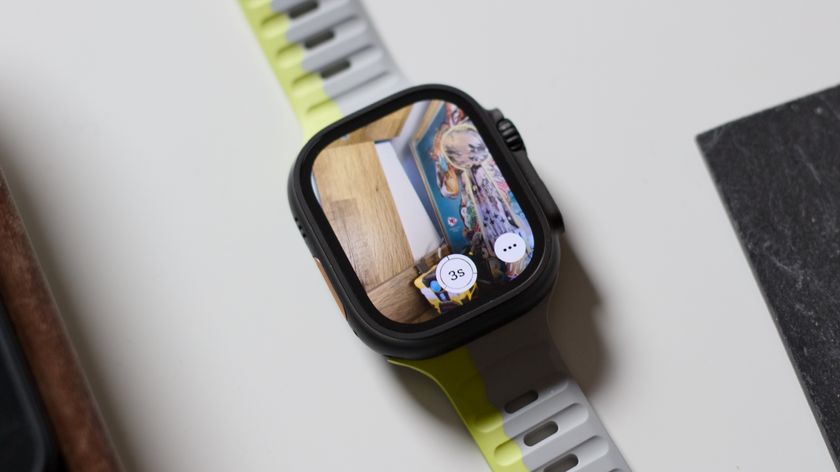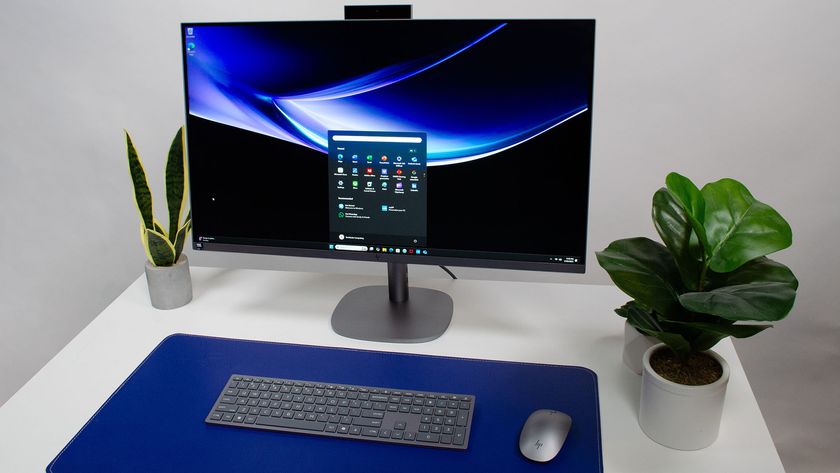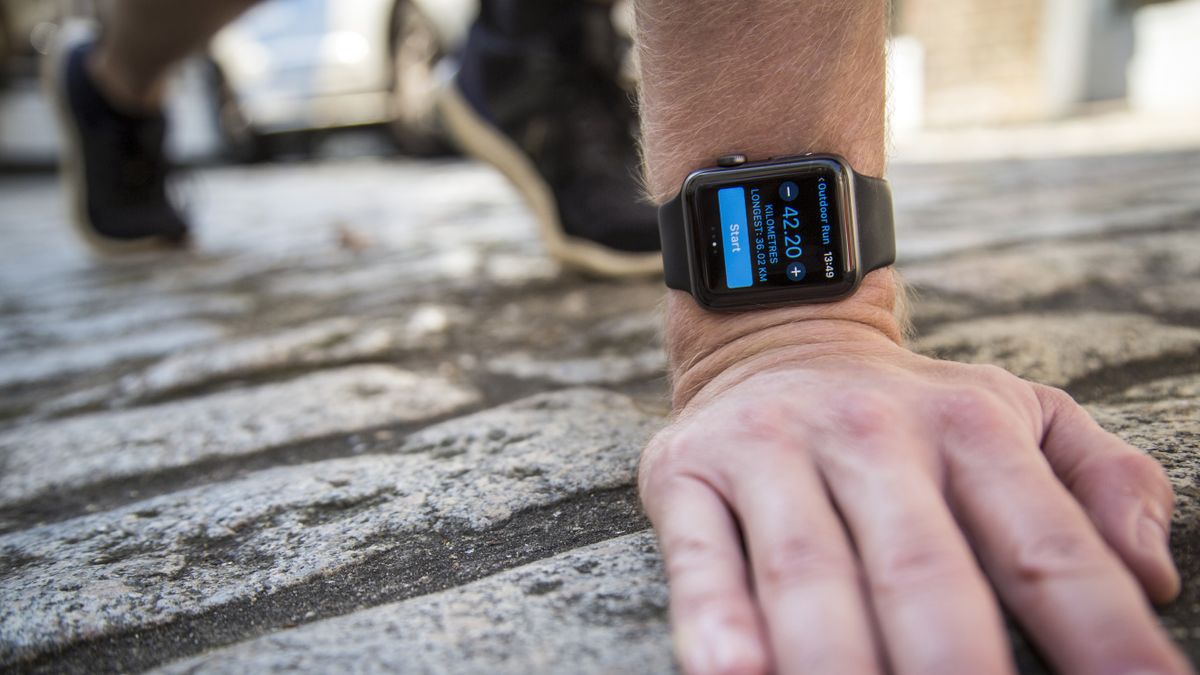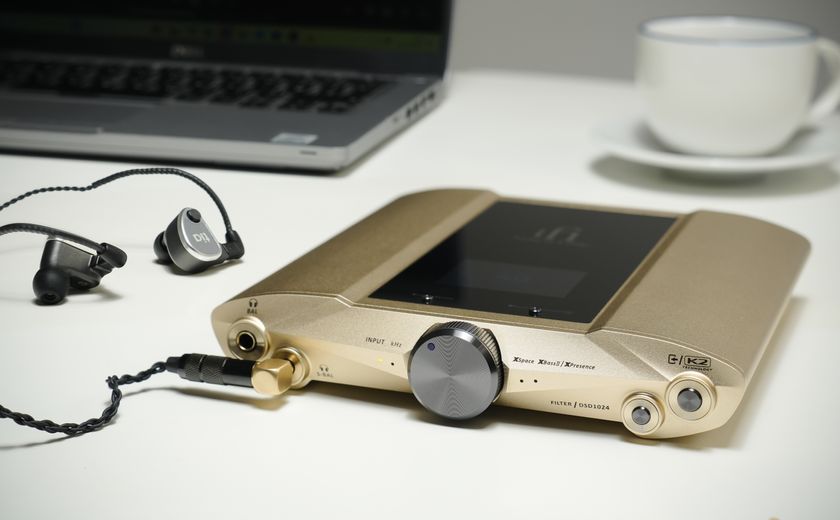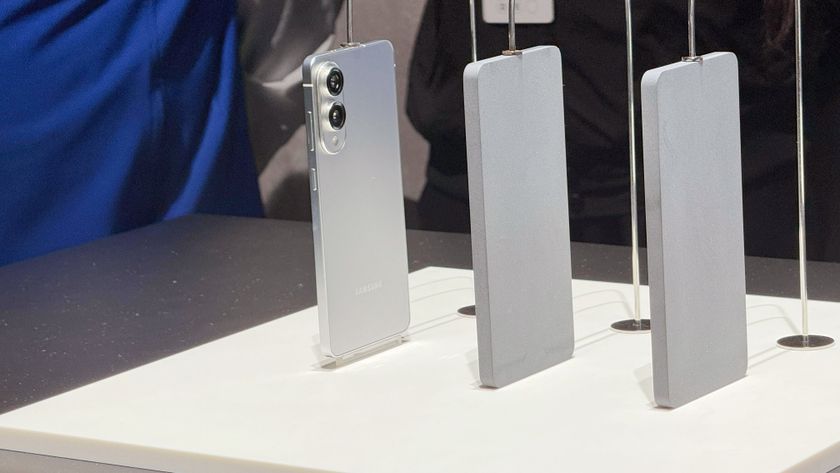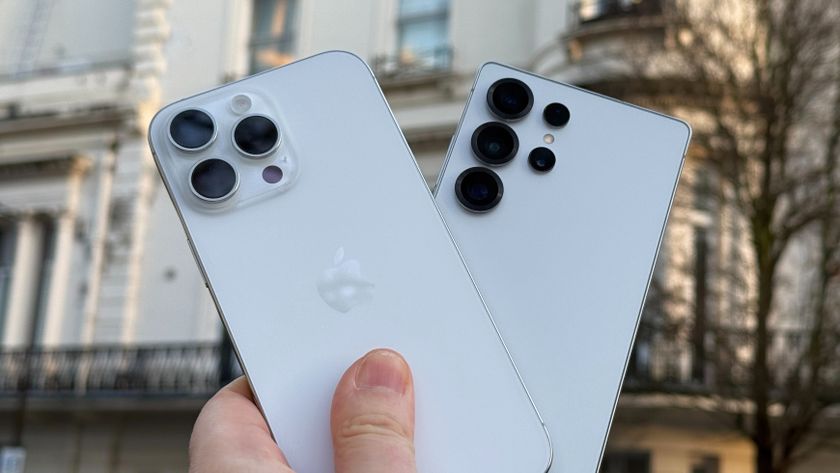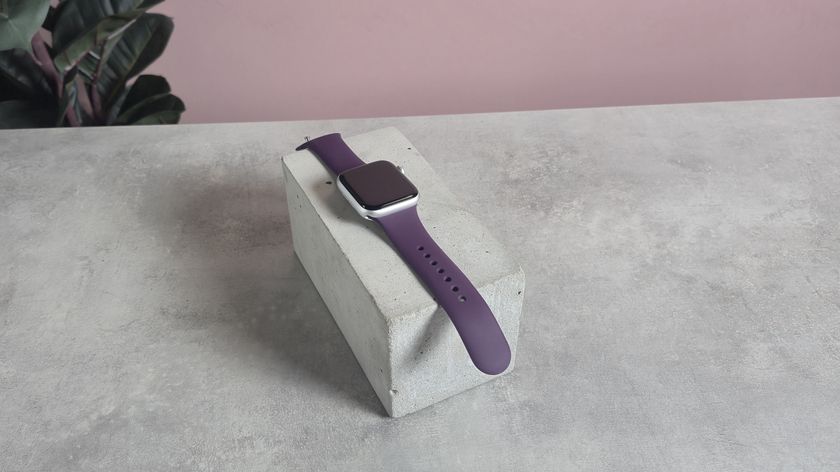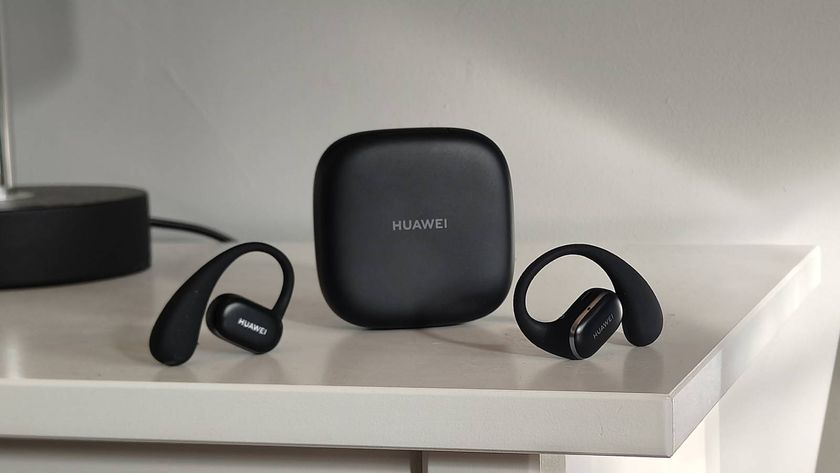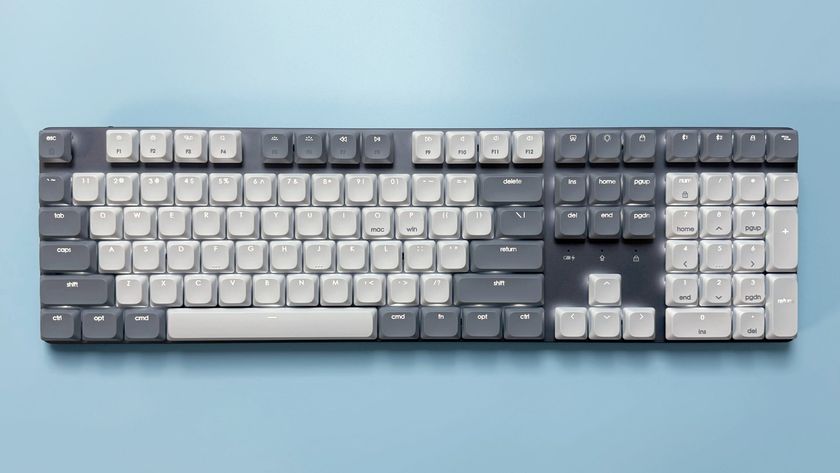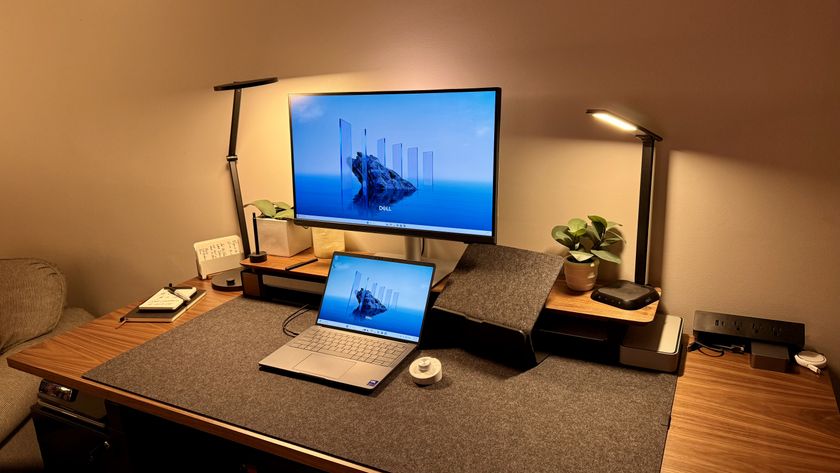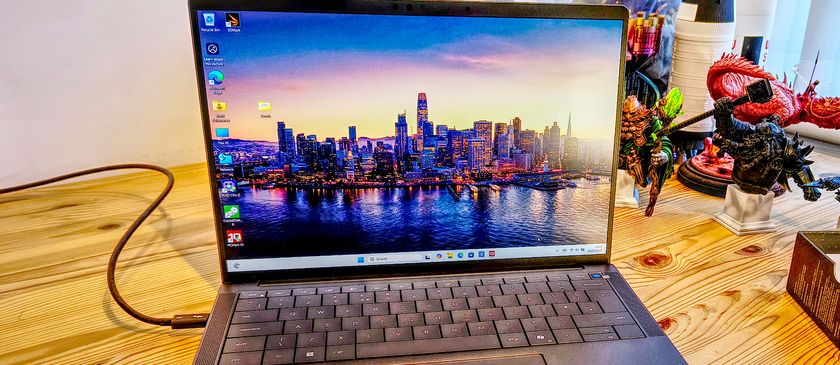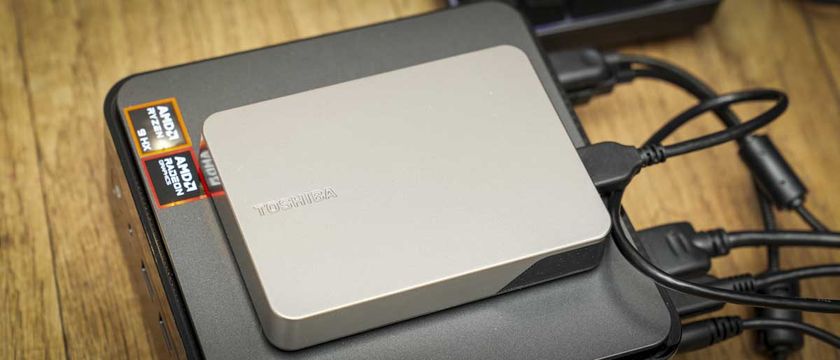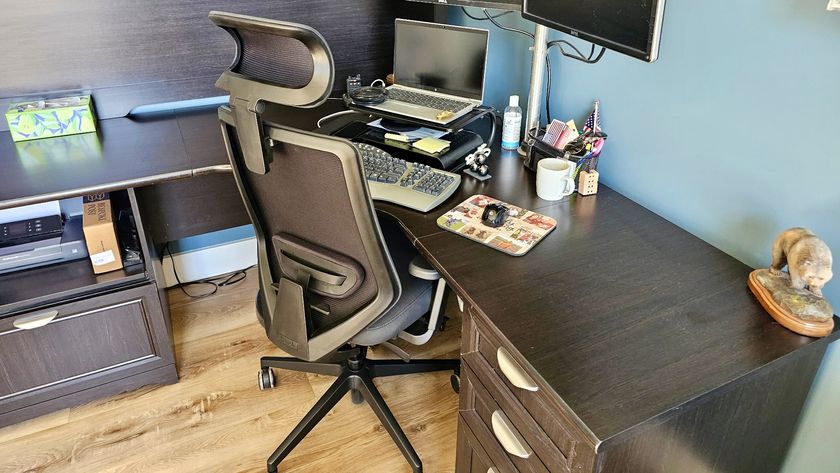Why you can trust TechRadar
- GPS data is accurate
- Battery life is much stronger than anticipated
- The heart rate monitor is still less useful for running
- Nike+ version is disappointing
Let's be honest: the only really important upgrade on the Apple Watch Series 2 is the addition of GPS, and what it offers for people who want to run without a phone welded to their arm.
Having missed the boat with the Apple Watch, it's at least made a good job of it here. The Series 2 not only packs GPS but also hooks up to Glonass, the Russian variant of the global positioning satellite system, so it has more chance of picking up your precise location.
My issues with the first Apple Watch were many when it came to running: it was too simplistic, the data wasn't accurate (sometimes even with the phone attached), and the heart rate monitor was horrendously inaccurate.
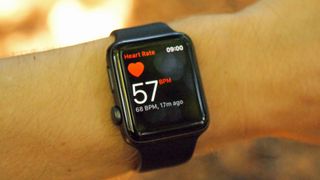
This time around, the heart rate monitor is precisely the same technology as before, and as such is equally as inaccurate when running. We tested it against the Garmin 735XT, which also uses wrist-based tech, and while that one also wasn't perfect, it was accurate a lot more regularly than the Apple Watch 2.
It's fine for more sedentary actions, but for running it constantly gave messages saying the heart rate was far, far higher than it was – we guess that it was somehow reading cadence instead, a common problem for wrist-based heart rate monitors.
We took the Apple Watch 2 on a run to see how its battery got on
We ran many tests to assess the GPS accuracy, ranging from easy runs to races to long endurance sessions.
We measured it first on a 10km course that had been run many times before, which came in at 9.8km. The next day, pushing it around a 5km Parkrun course, and it was annoying to see the distance come out as 4.97km – the route was on an open promenade, so the Watch couldn't have had more of a clear view of the sky for the GPS to function.
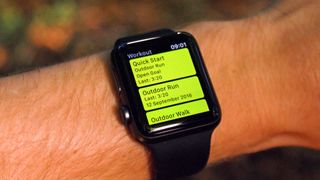
Apple told us that with the heart rate monitor off, we could get to just over five hours' use before the battery gave out – the ballpark time for many trying to complete the Chicago marathon. We ran 22 miles over three and a half hours with just the GPS running - that was impressive, with only 50% battery dropped in 210 minutes of jogging into Central London.
An hourly check of the GPS and battery showed some startling things: first, the Apple Watch was holding its own exceptionally well, matching the other two watches for distance accuracy, and dropping battery far slower than expected.
Then came the big test: how does the Apple Watch 2 last during a marathon? We tested it over 26.2 miles with everything turned on - Bluetooth streaming from the wearable, the heart rate monitor turned on and the GPS tracking me - and after 189 minutes, the smartwatch only lost 78% battery.
Extrapolate that and you'd get to just 4 hours and 20 minutes with the Apple Watch 2 going at full power - which is good enough for the intermediate runner. If you turn off the heart rate monitor then you'll get a lot longer (and use a Bluetooth chest strap instead) then you should get to five hours.
The accuracy was excellent too - within 100 metres over the course of an entire marathon. Yes, the split times were a bit erratic compared to the more accurate Garmin 735XT, so not great for split times, but overall enough to bank on.
- Can the Apple Watch 2 last a marathon? The pre race preparation | How it fared
The GPS lock seems pretty strong, but the time when it's officially locked on is invisible. There's no clear way to show you've got a satellite fix, with the Watch 2 filling in the early points where you might not have a signal with accelerometer data.
That's an incredibly useful idea, and unique to Apple among the big running watch manufacturers. However, we could happily trade off a few seconds at the start of the run to get confirmation of GPS fixes.
A few more runs of easy effort all seemed to be pretty accurate – within a few hundred meters of the Garmin watch.
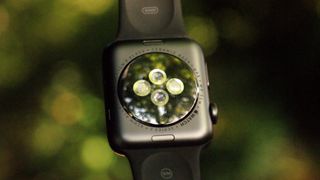
The basic workout app still limits the use of the Watch 2 as a running partner to some extent, though the post-run stats do now have more detail thanks to the recent watchOS updates. That aside, you have to hand it to Apple, though – it knows how to make a decent user interface and customising your in-run screen is delightfully simple.
The ability to add and drop different elements of the run on the go (just by dragging and re-ordering them from the Watch app on the phone) is immense, and being able to cycle through them and see the different colors makes it easy to use the Watch on a run, drawing your eye to the right point easily.
The data being shown and saved is still a bit too simplistic to satisfy serious runners and exporting your data to other running platforms (such as Smashrun or Strava) from the native Workouts app if you want to share it with friends, can be a bit hit and miss.
The method of pausing the watch by pressing the digital crown and flat dock button together should be a brilliant feature – but it's not accurate enough and you need a really light tap to make it work, which is hard after a race when you're flopping over the finish line in a mess of breath and spittle.
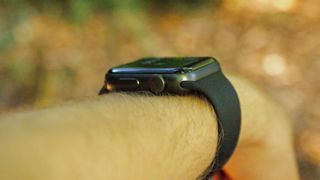
The third party experience is thankfully changing a touch, although it's not got much better yet. Nike+ and Strava are able to run natively on the Watch, though we've found you need to have your phone with you to get Strava to work, and the Nike+ app regularly freezes, so neither are particularly reliable.
The former doesn't fare well (as you can see in our next section) and the latter is rather basic - many users complaining they can't get access to key features on the phone like Beacon, rather just limited to rudimentary metrics.
Nike+ Apple Watch 2
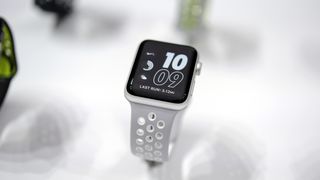
We've finally got our hands on the Nike+ version of the Apple Watch 2. To refresh: the Nike+ version was, at launch, the same cost as the base model ($369 / £369 / AU$529), and the only real difference is the improved hole-y strap (a nice feel, it has to be said) and some subtle Nike branding.
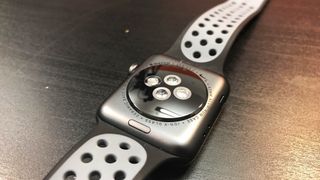
You also get special watch faces and the Nike+ app pre-installed, but the latter is available to all.
Nike has now unveiled the Apple Watch NikeLab, which is the same device but in a 'light bone' color to make your device look a bit more understated.
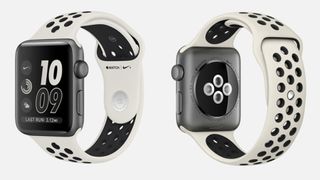
The watch will ping you regularly asking you to run, and is smart in helping you schedule a run in by telling you what the weather is likely to be each hour to 'motivate' you into a choice.
But how accurate is the watch itself? Well, Nike tells us that it's taking data from Apple, but during the run the current pace element is well off, far less accurate than a dedicated running watch. You'll be cruising along at 8 minute miles, then suddenly it'll drop to 5:30m/m, and then ping up to 12m/m for no reason.
Even out in the open with no interference on the GPS signal showed the same issue. The distance and time elements seem accurate enough, but not fully trustworthy at times.
(If you want a more detailed breakdown of how the Nike+ Apple Watch compares to a dedicated tracker, you can see it here: The Nike+ Apple Watch 2 is surprisingly disappointing).
In short, if you're looking to get the Nike+ version of the watch, you won't be able to go into huge detail at the moment, although future upgrades might help this.
But it's aesthetically one of the better models out there - if you're looking at a base model Apple Watch 2, this is still the one to go for.
A good running watch?
Has Apple made the perfect running watch? Not at all – but it's a massive step in the right direction. If it can solve the heart rate monitoring issue – something a lot of brands are trying to do, with some being more successful than others – then that would go a long way towards making this the perfect all-in-one device.
The GPS accuracy is generally good (although the Nike+ version is less impressive), the battery life is stronger than expected, and the user interface is clean and usable.
If Apple could create a 'Pro' running app – one that didn't just tell you how far you'd gone or how long for, but actually gave you a dedicated plan to follow and more uploading options – that would make the Watch a hard choice to ignore.
As it stands, Apple now has to rely on developers to perform that function instead – and while they might do so, you're not going to see any brands with their own running watches cannibalising their sales with such a move, and those companies are the ones that provide the best training plans.
If only Apple had brought out this watch a little earlier… then we'd probably be standing on the cusp of a revolution in the running world.
Other fitness
The Apple Watch 2 is adept at other tracking tasks too. These range from cycling to elliptical machines to 'other' workouts, which gives you the equivalent calorie burn to a brisk walk.
All these fitness modes are fairly rudimentary – more of a chance to track against yourself than upload to a wider fitness community.
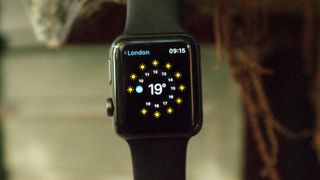
Swimming tracking is the big new feature for the Apple Watch 2 though, and while – again – this doesn't tell you much beyond how far you've gone and for how long, Apple has coded the accelerometer and gyroscope to be able to tell when you're changing lengths.
Once you enter the length of your pool at the start of the workout, the Watch will be able to give you a pretty good idea as to how you've done.
With WatchOS 4 your swim skills were improved too. In addition to tracking laps and distance, the Apple Watch will now auto count sets, spot when you're taking a breather and it'll tot up total stats for each kind of stroke during a session. Triathlon fans can also now transition between swim, bike and run simply by swiping left and hitting + to add a segment to a workout.
It's still a shame that Apple hasn't gone all-out on fitness, we're sill missing tailored programs designed to get you fitter or faster by varying the styles of workout you can do.
The brand is in prime position to do just that – instead of relying on third-party apps to create great experiences, the brand could just make itself a winner in the fitness stakes.
That would be easy given that it's already got a good suite of fitness tracking features on the Apple Watch 2. Instead of meaningless step numbers, the Watch will tell you how long you've been active for, give you a calorie goal to work towards, and keep an eye on how much you're standing each day – much more important from a fitness standpoint.
And the ability to compete against your friends, while nothing new at all, is going to be a really exciting feature going forward if enough people sign up.

Gareth has been part of the consumer technology world in a career spanning three decades. He started life as a staff writer on the fledgling TechRadar, and has grew with the site (primarily as phones, tablets and wearables editor) until becoming Global Editor in Chief in 2018. Gareth has written over 4,000 articles for TechRadar, has contributed expert insight to a number of other publications, chaired panels on zeitgeist technologies, presented at the Gadget Show Live as well as representing the brand on TV and radio for multiple channels including Sky, BBC, ITV and Al-Jazeera. Passionate about fitness, he can bore anyone rigid about stress management, sleep tracking, heart rate variance as well as bemoaning something about the latest iPhone, Galaxy or OLED TV.
